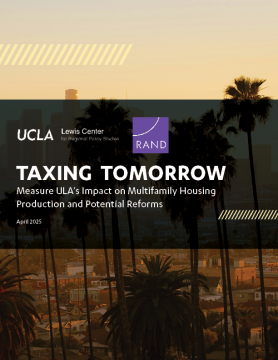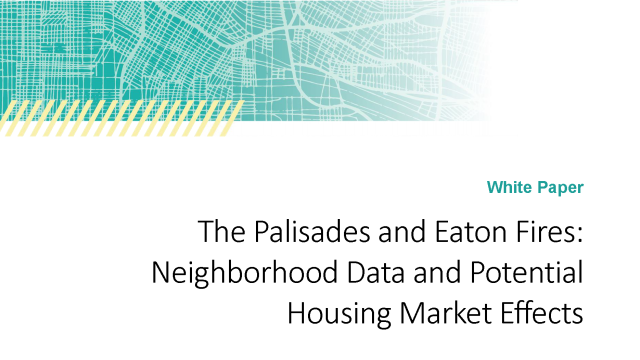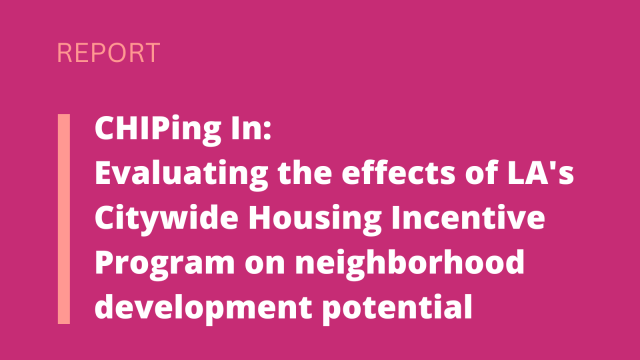The Unintended Consequences of Measure ULA
Michael Manville | Mott Smith
We present evidence suggesting that Measure ULA has reduced higher-end real estate transactions in Los Angeles. Since Measure ULA was enacted, the odds of a Los Angeles property selling at a price above its tax threshold have fallen by as much as 50%. In raw terms, this sharp decline occurred across all types of properties, but our strongest evidence suggests it was particularly pronounced for non-single family transactions, which fell by 30-50%. Together the evidence suggests that Measure ULA is neither a true “Mansion Tax,” nor a tax that falls solely on unearned property wealth. The tax does fall on mansions, but it also impedes the trade in commercial, industrial and multifamily property. In doing so it jeopardizes L.A.’s ability to build new housing, revitalize struggling commercial and industrial properties, and raise property tax revenue. All these processes rely on property turnover, and in particular the turnover of higher-priced, non-single family parcels. A tax that reduces this turnover will undermine property tax revenues inside and outside L.A., obstruct local and regional housing production, and slow local revitalization efforts. Thus while Measure ULA has generated visible, substantial and much-needed revenues for affordable housing in Los Angeles, it has also, less visibly, had consequences that reduce both housing affordability and fiscal health. These consequences, fortunately, do not need to be part of the measure. We propose some simple amendments that could make Measure ULA fairer, more efficient, and more in line with the spirit in which it was advertised.



